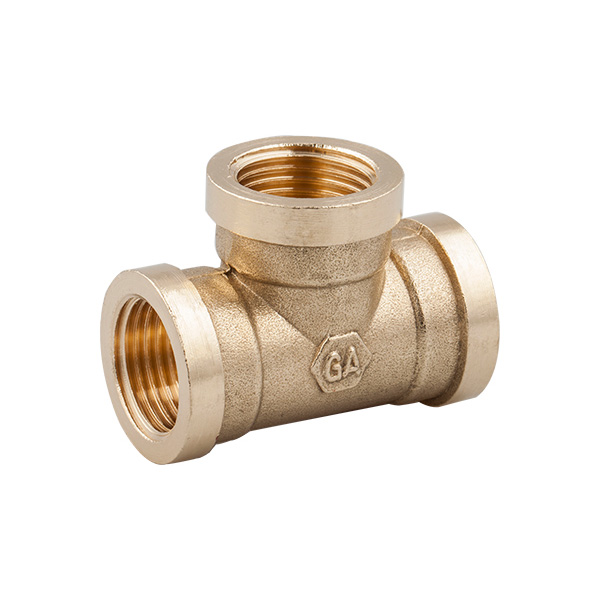Abst:The correct connection method for selecting between threaded and compression brass fittings depends on various factors, including the specific application, type of piping system, and personal preference. Here's a breakdown of each connection method:
Threaded Brass Fittings:
Application: Threaded brass fittings are commonly used for connecting pipes, valves, and fixtures in plumbing systems. They are suitable for both residential and commercial applications.
Installation Process: To create a thre...
The correct connection method for selecting between threaded and compression brass fittings depends on various factors, including the specific application, type of piping system, and personal preference. Here's a breakdown of each connection method:
Threaded Brass Fittings:
Application: Threaded brass fittings are commonly used for connecting pipes, valves, and fixtures in plumbing systems. They are suitable for both residential and commercial applications.
Installation Process: To create a threaded connection, the male end of the fitting has external threads that match with the female threads of the pipe or component. A thread sealant, such as Teflon tape or pipe dope, is applied to ensure a watertight seal.
Benefits: Threaded connections offer a strong and secure joint that can withstand high pressure and vibration.
China Brass Fittings are easy to assemble and disassemble, allowing for future modifications or repairs. Threaded fittings are also versatile and compatible with various piping materials.
Considerations: Proper thread engagement is crucial to ensure a leak-free connection. It is important to avoid overtightening, as this can damage the threads or cause leaks. Regular maintenance is required to check for any loosening or leaks in threaded connections.
Compression Brass Fittings:
Application: Compression brass fittings are commonly used for connecting copper, PEX, or plastic pipes in plumbing systems. They are often used when soldering or threading is not desired or feasible.
Installation Process: Compression fittings consist of three main components: a compression nut, a compression ring (also known as a ferrule), and the fitting body. The pipe is inserted into the fitting body, and the compression nut is tightened onto the body, compressing the ring onto the pipe and creating a tight seal.
Benefits: Compression fittings provide a secure and reliable connection without the need for heat or special tools. They can be easily disassembled and reassembled for maintenance or modifications. Compression fittings are particularly useful when working with soft or flexible pipes.
Considerations: Proper installation requires ensuring the pipe is cut cleanly and evenly, and the compression ring is properly seated. Over-tightening the compression nut can cause damage or leaks. Regular inspection is necessary to check for any signs of wear or degradation in the compression fittings.



